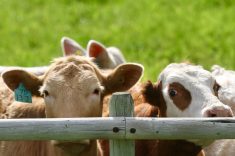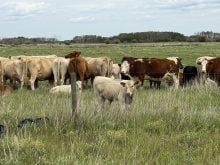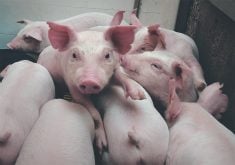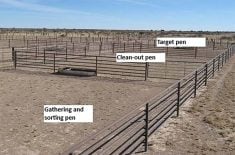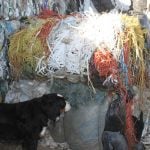DES MOINES, Iowa – Veterinary researchers hope Porcine Reproductive and Respiratory Syndrome (PRRS) can be contorted into a friendlier version.
“Wouldn’t it be cool if we could make a circovirus vaccine out of PRRS,” said swine veterinarian Dick Hesse of Kansas State University, recalling a beer hall conversation between vets that has seen some trying to find ways to cripple PRRS and circovirus at the same time.
PRRS has ravaged the North American hog industry, and circovirus has had a similar impact. Vets have made large strides in controlling both diseases and vaccines have helped crush circovirus in many herds.
Read Also
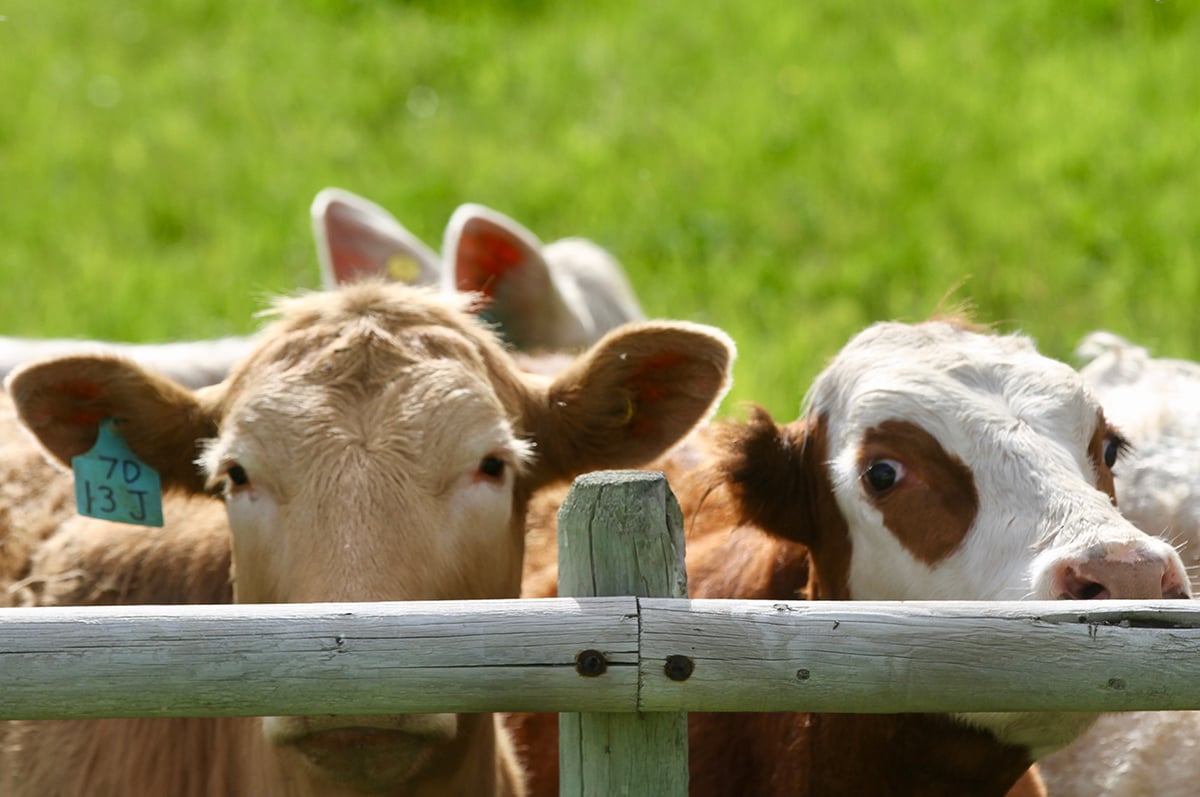
Feeder market consolidates at historic highs
For the week ending Sept. 6, Western Canadian feeder cattle markets were relatively unchanged compared to seven days earlier.
At the World Pork Expo in Des Moines, Iowa, one leading veterinary researcher said he was optimistic that PRRS could be eradicated from North America within 20 years.
The PRRS virus repeatedly plagues producers, proving itself hard to eliminate.
It’s the virus’s doggedness that researchers like Hesse hope to exploit and weaken dangerous forms of PRRS and eliminate the threat of circovirus.
Viruses can be weakened when their genetic structure is broken up by the introduction of foreign genes. The virus survives, but in a form that can be much less virulent. Researchers have been developing attenuated PRRS strains that can be introduced to young pigs to immunize them against dangerous forms of the virus.
The great benefit of using weakened strains is that the virus survives long enough in young pigs to provide the immunizing effect.
Other viruses used as vaccines can be killed by maternal antibodies before they have a chance to inoculate the pig. PRRS survives and reappears after the antibodies are gone.
“The virus camps out – we don’t know where – and then as the maternal antibodies to PRRS wear off, the virus will take off and grow,” said Hesse.
If it’s a weakened PRRS virus, it will offer some protection against other PRRS strains if it is allowed to develop. If it is a weakened PRRS that contains genetic coding that offers protection against circovirus, two goals are being accomplished by the same agent.
The importance of breaking a PRRS disease outbreak was demonstrated by Hesse by looking at dual infections.
He showed graphs that revealed that circovirus by itself doesn’t seem to produce much disease in pigs. But if the pigs are sick with a bad strain of PRRS, then circovirus can erupt.
“The ones that had both PRRS and circovirus, there’s 50,000 times as much virus than with a single infection alone,” said Hesse.
“The dual infections are probably why the animals are getting sick. If you can control one, you can probably control the other.”
Hesse said pigs infected with circovirus didn’t seem more susceptible to PRRS, but pigs with PRRS were much more likely to get sick with circovirus.
“PRRS really potentiates circovirus.”



